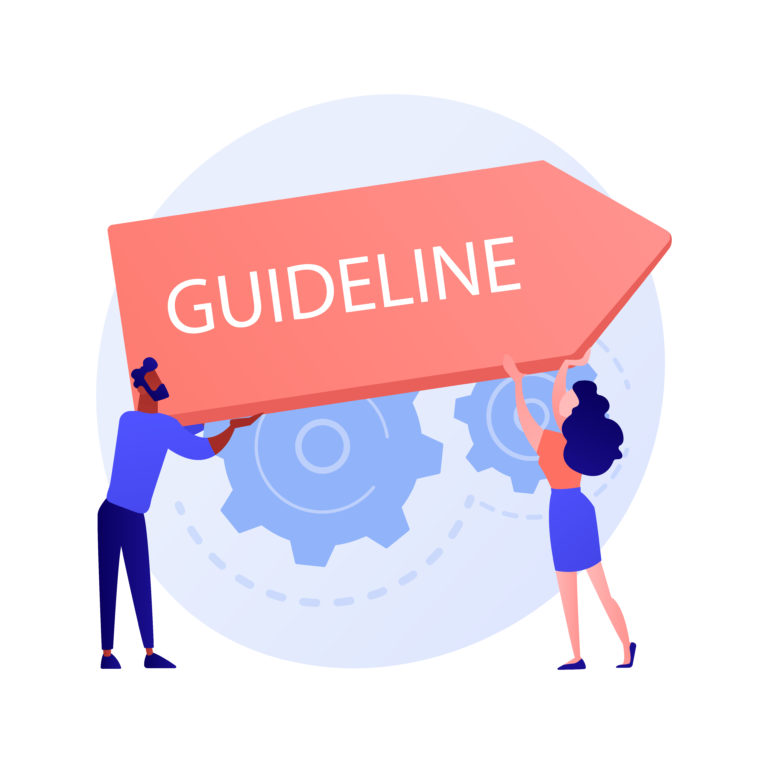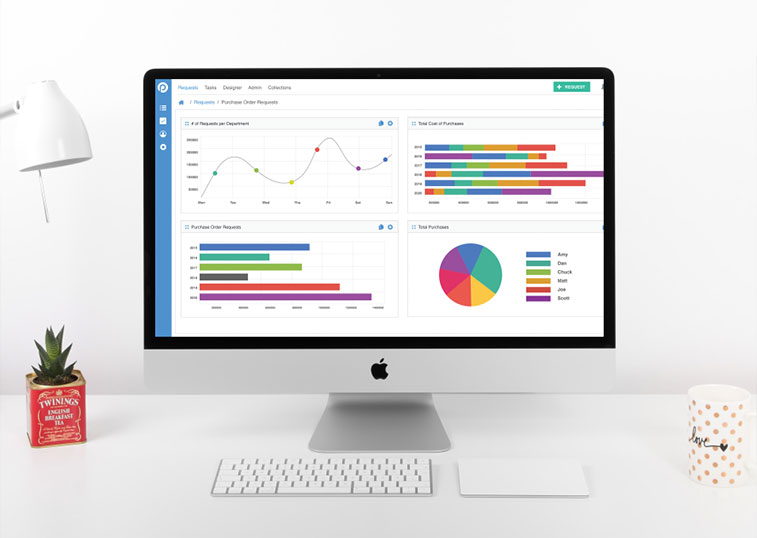Modernizing compliance processes is no longer an “optional” objective. A full 69 percent of firms are expecting regulators to propose even more rules in the coming year, with 26 percent expecting significantly more.
Within these evolving regulatory landscapes, your organization may find it hard to manage new changes. However, it’s vital to prepare each year for an incoming set of accelerated regulatory changes.
Process mapping for compliance tasks is often complex, but visualization is a more effective approach than combing through pages of documents. Process maps are designed to define how processes flow and interact using visual depictions to show the steps of each process and the stakeholders who carry out each activity. It makes your processes more understandable and how they impact the broader organization. When you engage in process mapping, you will draw a box or other image for each step while connecting them with an arrow to display the workflow.
Visual process maps can be used as a training tool for new team members and a guide for current employees to indicate how to improve compliance management efficiency. Further, process maps are handy concerning audits and convey how you conduct your processes to meet compliance requirements.
1. Using Mapping Controls
Controls are used to manage processes, monitor data, help meet compliance, identify errors, and reduce risk. In short, controls are safeguards to ensure your organization operates securely. There are different types of controls, including:
- Policies
- Procedures
- Standards
You may already use specific controls for non-regulatory operations or contracts.
When you map controls, you can attain advantages to extend beyond compliance. Mapping controls ensure your organization meets the fundamentals for risk management. Often, the most challenging place to start is with risk management. When you take the time to map your controls, you can determine priorities around governance, risk, and compliance.
Additionally, mapping controls give you the ability to execute one assessment, which can comply with multiple frameworks. Therefore, you save time. Also, you can remove any assumptions previously made about your current risk posture. With the challenges of the global COVID-19 pandemic and the rise of permanent remote work, organizations now have to manage multiple moving parts. So, it is vital to update and map controls to incorporate a remote working environment.
Without question, maintaining process maps can also become more complicated than creating your original process map for compliance. Still, once completed, you can use your visual map to streamline and optimize your compliance processes. As a result, your maps are easier to maintain, review, and update as needed.
2. Select the right system
An essential step to process mapping is selecting the right system for your organization’s compliance needs. Each type will have its strengths and weaknesses. Choose the system that works best with your regulatory requirements.
Typically, every business will have varying frameworks to meet compliance. Healthcare firms must adhere to HIPAA regulations, where government agencies must comply with NIST standards. Besides, public companies are mandated to comply with SOX. The social security tax deferral for the employer and employee will also start payment reconciliation requiring employers to implement new reporting.
For process mapping compliance, there are different types of maps utilized:
- Basic flowcharts
- High-level process maps for identifying only the critical steps of a process
- Detailed process maps that describe every input and output related to a process
- A cross-functional flowchart that conveys relationships between process steps
- SIPOC, which stands for Suppliers, Inputs, Processes, Outputs, and Customers
- Value stream maps which help to identify waste between processes and where to focus future projects
The most frequently used models for compliance mapping include SIPOC and value stream. Each seems to fit well with a variety of business structures and systems.
It would help if you used a map that is easy to maintain. It should ensure you meet compliance and support your team members’ understanding of your compliance processes organization-wide.
Unquestionably, many companies already have existing frameworks to provide evidence of compliance for any regulation, whether PCI, HIPPA, SOC2, or something else. Assemble the evidence you already have and map it to your new framework. Using proof you already have is a proficient tactic for building process map momentum.
3. Make it straightforward and user-friendly
Once a process map type has been selected and mapped according to regulatory requirements, make sure it is accessible for everyone within the company and certainly for essential stakeholders. Produce a practical and user-friendly map while using a system that offers efficient support of every process map you create. If your mapping process, and associated systems, are too complicated, your team members will not engage when necessary, nor will they feel motivated to maintain it.
Consider linking your compliance documents to your process map system. As a result, you can quickly pinpoint every document to every process and view how they interact.
When you need to modify a document, the right system can easily update your changes simultaneously. To illustrate, if you link one set of documents to another group, typically, the content creator would need to inform associated authors of a needed change. With a practical process map, you can ensure communication is instant and straightforward.
4. Include the Secure Controls Framework
Concerning compliance, it is crucial to implement the Secure Controls Framework (SCF) for controls mapping. By using SCF, you can access a meta-framework that focuses primarily on internal controls. Further, SCF provides a wide-ranging suite of controls to map across multiple regulatory frameworks. For instance, you can consolidate evidence from similar controls throughout numerous regulations. Also, SCF offers universal naming conventions to align all business units within a standard, collaborative, and manageable process.
5. Enhance and innovate
The industry-related regulatory environment triggers a much-needed system of process mapping for compliance. Further, you can replicate your process map to drive other improvements and innovations across your organization.
Both objectives can be effectively combined with meeting regulatory requirements and enhancing process efficiency throughout every company workflow.
Key takeaway
Use process mapping for compliance to bring people, technology, and processes together. Your organization can strengthen your current compliance processes while defining vital controls to manage risks with ProcessMaker’s industry-leading low-code intelligent business process management (iBPMS) system. Design enterprise-grade business processes for compliance and leverage ProcessMaker’s robust automation solutions efficiently.




